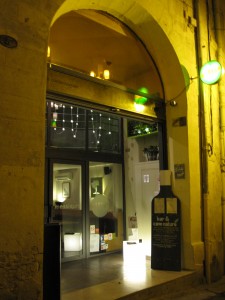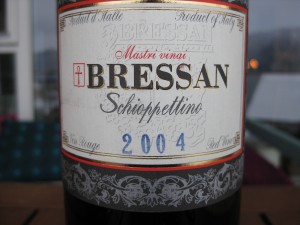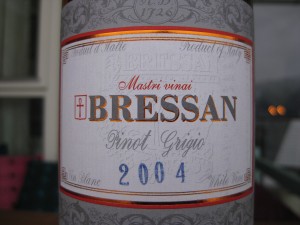Feb 17, 2010
The Complexity Question – Keeping it Simple
I have often asked myself how important complexity is in a wine. I have also asked people around me this same question and the answers and opinions are mixed. Yes, I like complexity in a wine as much as the next person, and often speak of it when describing a wine in my tasting notes. However, when I think about some of my favorite wines, the wines I drink and enjoy most often, they are simply put – simple. Does this make them inferior to their peers? Does this make them any less a quality wine?? (Much like my writing style – not very complex, extremely simple, and hopefully getting the point across quickly and easily)
In terms of quality, I don’t necessarily feel that complexity is a trait that a quality wine must possess. A wine made from healthy grapes, spontaneously fermented, unfiltered and unfined, then bottled provide me some of the greatest drinking pleasures I can remember. To pick up that glass, smell it’s (sometimes volatile) aromas, take that first sip and to find everything in so much harmony that the bottle of wine can disappear in 10 minutes – now that’s quality. Complexity didn’t even enter into the picture as that bottle of wine vanished within minutes. I won’t sit here and list my favorite (simple) wines because it may offend those who don’t agree that the wines are simple, although I feel it’s a complement.
As I said at the start of this post, I also enjoy tremendously the complexities I find in wines that I can meditate over. A glass that can take me 30 minutes to consume as I discuss endlessly all the aromas and layers I am finding. Do I enjoy this more than than bottle of simple (but well made) wine that I can drink in 10 minutes flat? This depends on the moment I suppose, who I am with and why I am drinking the wine.
Now that I have stated my opinion on the complexity in wine, I will go on to state another opinion – simple wines often go best with food. Especially natural wines (which often can be simple and very drinkable). I find that even simple (natural) red wines go with fish, simple “white” wines go with meat, simple “dry” wines go with dessert…
Sometimes I feel we read too much, analyze too much and think too much about wine. Sometimes it’s ok to read less, analyze less and think less and let the wine that’s in the glass speak to us. This is my favorite way to understand and learn about wine.
Food for thought…..that’s all this post is! What do you think?
























